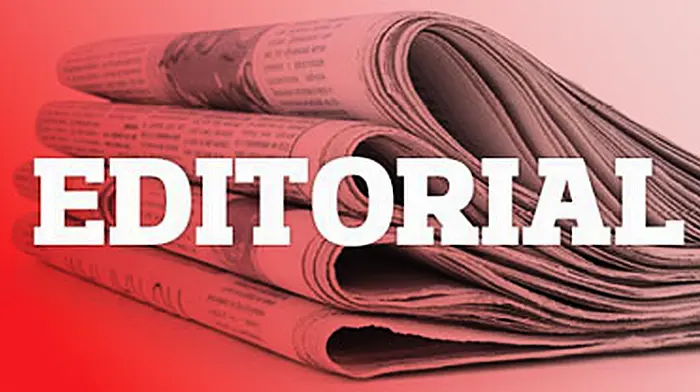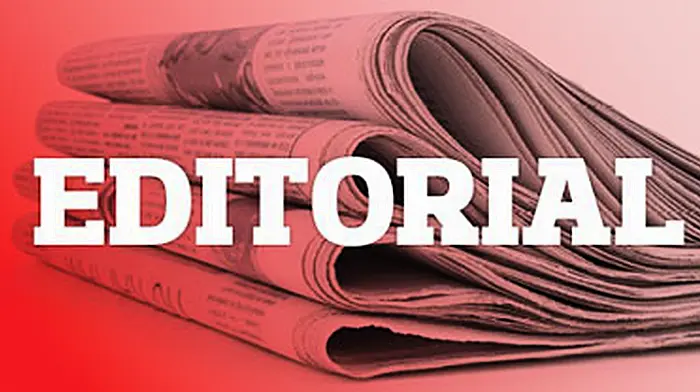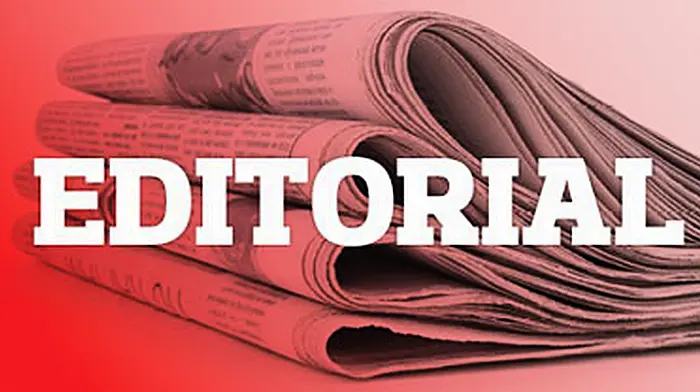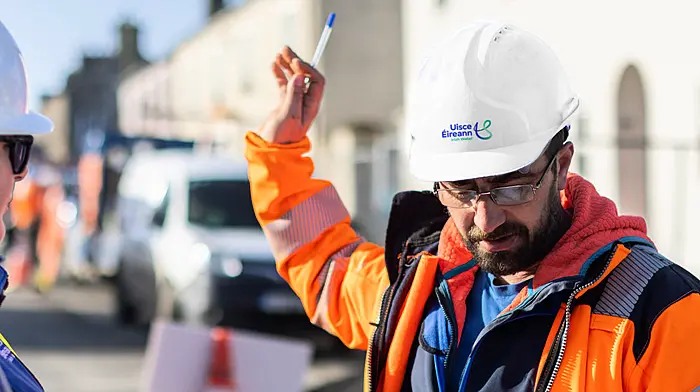THE contents of the report into the Defence Forces which was published this week was shocking, putting it mildly. Some of the contents sound like something taken from the 1950s rather than 2023. In its most basic commentary, it says that bullying, harassment, discrimination and sexual assault are experienced by a higher proportion of people in the Defence Forces than is the case in other workplaces. And although it adds that this is ‘not a universal experience’, what follows on from those comments, makes the reader stop and take a breath.
One of them is this: ‘No thought has gone into researching, thinking about or describing a Defence Forces soldier who is female. The Defence Forces appears to have adopted an “add women and stir” model.’
Another one is: ‘To be “female” is to be considered an object rather than a full human being.’ Expanding a little bit more on those remarks, the report goes on to say that interviewees reported repeated and regular incidents of drinks being spiked by various drugs. It adds: ‘Interviewees reported predatory behaviour targeting females in situations where alcohol is present. Interviewees reported the prevention of members being informed pre-tour about the availability of rape kits because “it creates victims”. Interviewees reported incidents of compromising intimate images of female members being taken by hidden cameras in showers and bathrooms, or pictures taken when female members were inebriated and unable to provide informed consent.’ But of course, as mentioned above, not all women in the Defence Forces were subject to such abuse. However, it has a theory on this, too. Some females, it says, who communicated with the report’s authors described a positive experience, despite the toughness of the initial training, and stated that they had not experienced sexual assault or other forms of bullying or harassment. They attributed this to their keeping their heads down and batting off inappropriate comments.
In other words, don’t engage with the rhetoric and you might just get by. What a wonderful work environment for our military women. The report says that examples of the sexual harassment and bullying included: sexualised imagery being used in the presence of female members in front of a mainly male cohort; violent language referencing rape and sexual assault; references to female body odour; references to sexual orientation; references to sexual promiscuity; regular use of sexual slang and euphemisms; sexual emojis in WhatsApp groups; reference to menstruation as a reason for poor performance/attitude of female members.
It is also revealed that many female members are told by serving females that the gender-based and violent language will be present in their career and to expect it as ‘common practice’. It also said that sexual assault had taken place in a number of locations, including in barracks; in the mess; in naval boats; in swimming areas; in shower facilities; and abroad on tours.
And to add insult to obvious serious injury, there is a section on the uniform, stating that, for many years, the Defence Forces has adopted a ‘one-size-fits-all’ approach to supplying personnel with uniforms. ‘Military uniforms and equipment are designed using the measurements of a standard male body.’ And, for nearly two decades, ceramic body armour plates have been used by female personnel with no adjustments for the female physique.
It goes on to describe the Defence Forces as ‘an environment which is hostile to women and unsafe for those without an unusually high capacity to counter or ignore the myriad ways in which the gender schema are designed to restrict, reject and punish them for being women’ It also states the very obvious: ‘This is a situation that cannot continue.’ It advises that it must now be communicated clearly to all members ‘that misogynistic beliefs and behaviours are unacceptable, and that complaints that are upheld will be severely punished through penalties that have impact.’
In a week in which the Kerry Babies Case reminded us how badly women were treated by servants of the State in the 1980s, it is frightening that in some areas, it would appear, we haven’t progressed at all.










